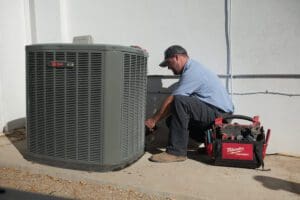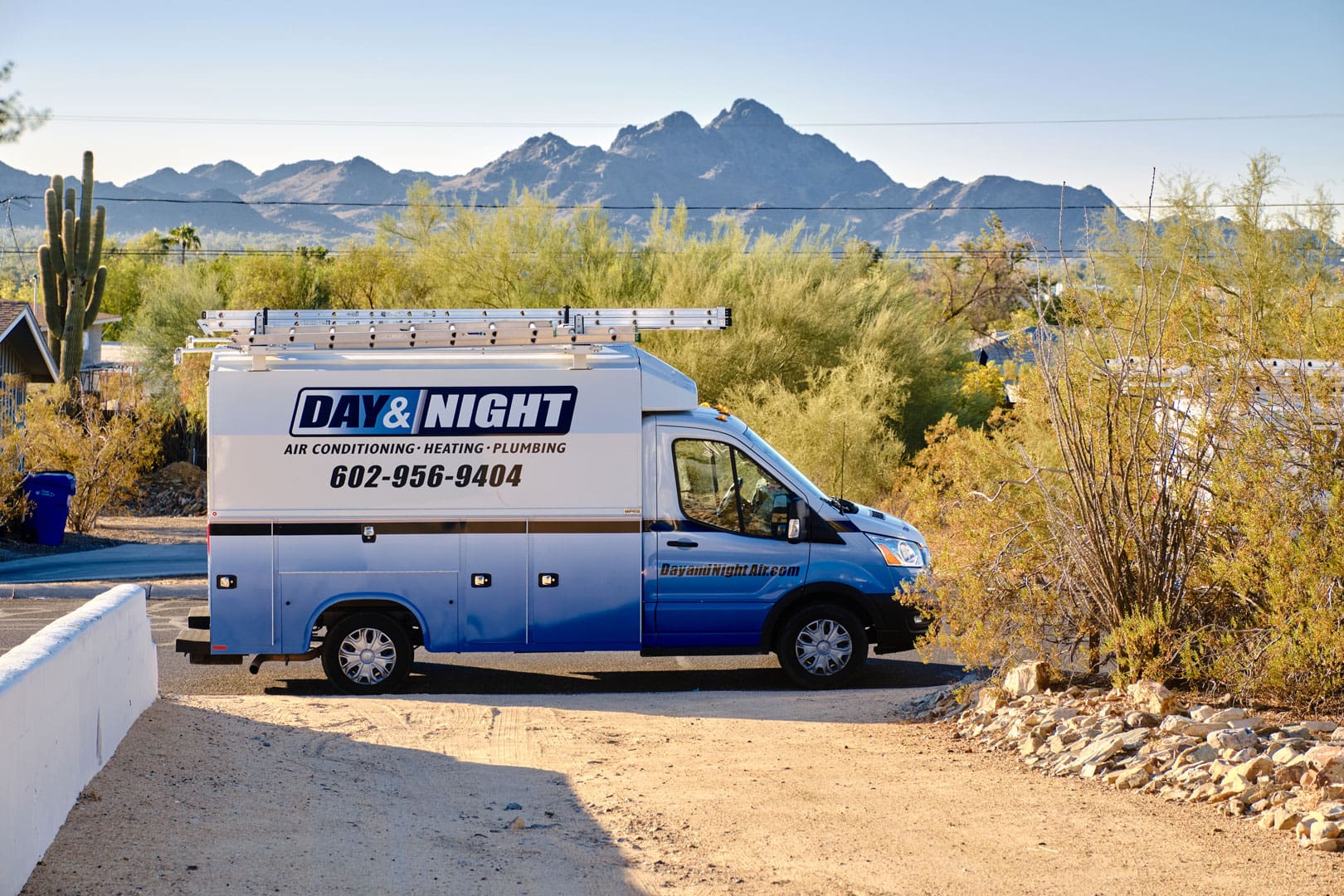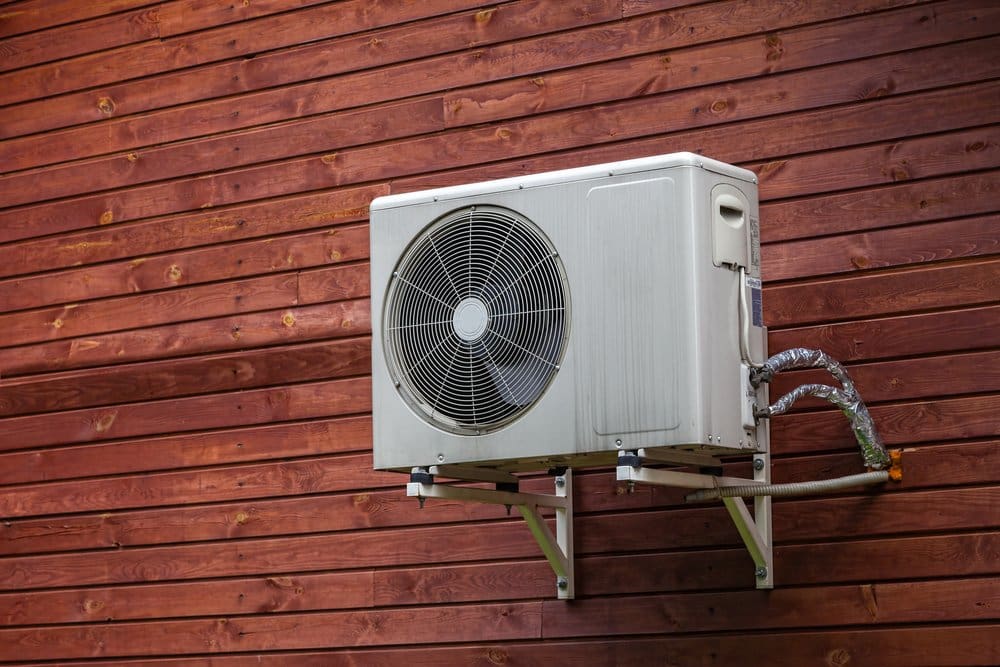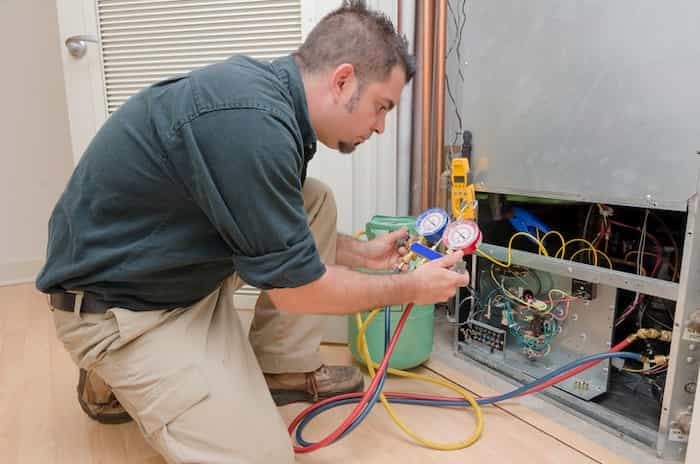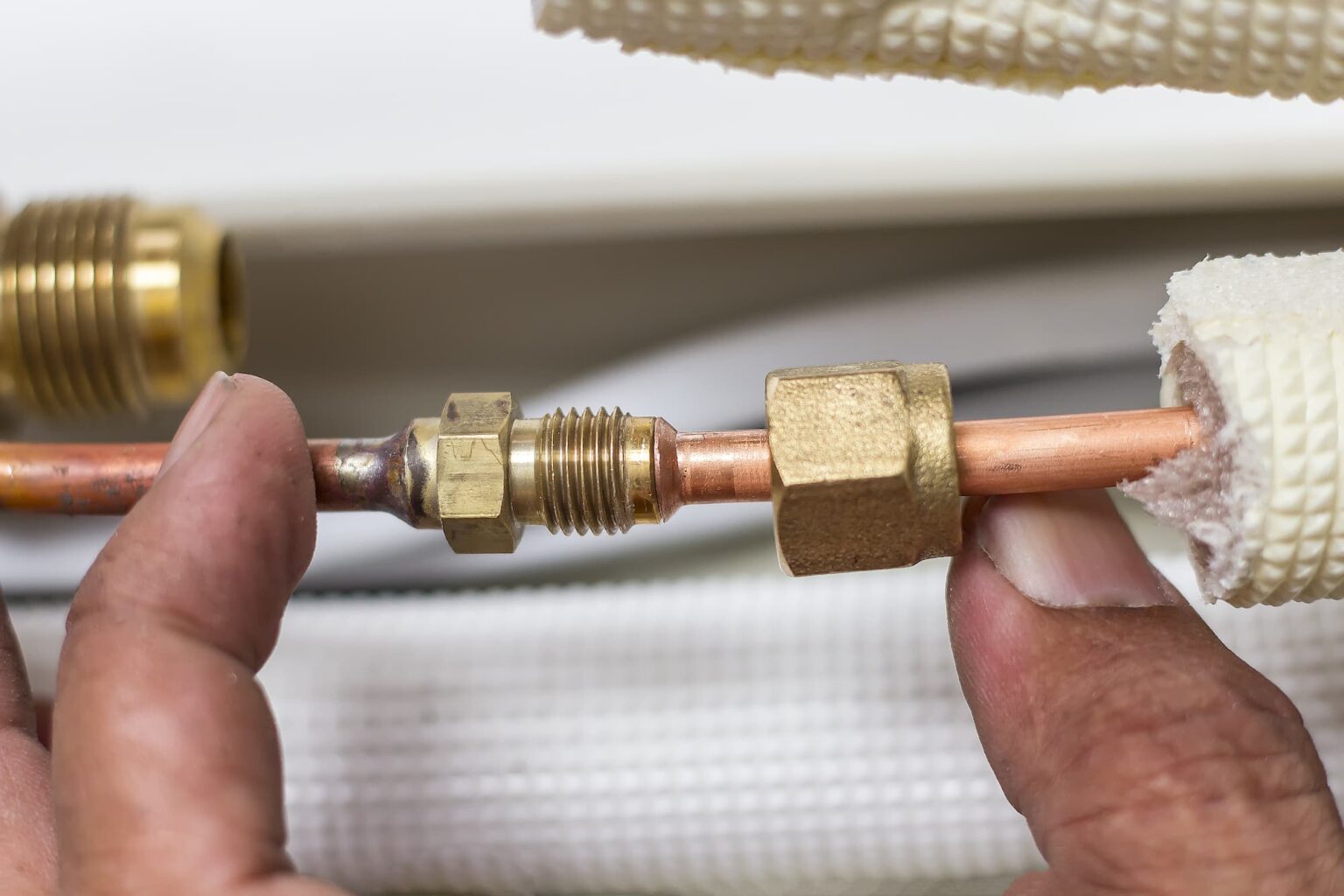
Your air conditioner allows you to control the internal temperature of your home down to the precise degree and ensures you’re able to stay comfortable indoors regardless of the twists and turns the weather takes outside. However, homeowners haven’t always had access to this sort of convenience. Once, they had to rely on fireplaces, naturally occurring cold sources like snow and ice, small electric fans and other appliances to keep their homes even moderately comfortable and hot climates inhabitable at all.
Fortunately, people no longer have to keep mountains of snow inside of their homes to enjoy a bit of cool air during the summer months or to live in southern climates. A simple, powerful window unit is enough to suffice in most cases. The addition of the air conditioner to the average American home might seem like a tiny detail in the nation’s history, but in fact, this development transformed how people live their lives and how they unwind on a daily basis.
What did people do before Air Conditioning?
Heat, while a mild inconvenience to most these days, was (and sometimes still is) a serious threat when it can’t be escaped from. It can lead to heat stroke and other serious issues that could, in fact, be fatal. That’s why humans and animals alike have always found ways to battle against the raging rays of the sun in one way or another. Humans, at least, have certainly had some interesting approaches to facing that issue.
- Building homes from materials such as stone and concrete, which take longer to heat up
- Public water fountains (they were once used for more than just decoration)
- Harvesting and storing huge ice blocks, to be brought out during hot summer days (fans would be blown across the surface in an attempt to circulate cold air)
- Building rooms with high ceilings, leaving plenty of room for heat to rise
- Adding breezy, shaded front porches and cool napping areas to homes
Many aspects of people’s lives revolved around escaping the heat. All of that changed when one man grew tired of battling mosquitoes and the diseases they carried, and, thousands of miles away, a New York publishing company grew weary of humidity ruining its prints.
Who Invented Air Conditioning?
Experiments with home cooling have been going on since the time of the Romans, but the first rough model of today’s modern AC surfaced in 1851. It was deemed a “cold air machine” by its inventor, Dr. John Gorrie, and was intended as a way to decrease the levels of malaria seen in Florida’s hot, humid climate during the time period. This invention, however, did not gain much traction outside of its general medical uses and keeping away mosquitoes.
The true catalyst for the creation of the first “modern” AC unit occurred in 1902 when engineer Willis Carrier was given the chore of finding a way of reducing the heat levels in a local Brooklyn, New York printing business, the Sackett-Wilhelms Lithographing and Publishing Company. The humidity made it hard to make paper retain ink, and was generally wreaking havoc on the company’s profits. Carrier introduced his solution in 1903, a set of chilled coils that reduced the humidity of the building in question by nearly 55 percent. The simple invention did the work of nearly 108,000 pounds of ice.
Willis Carrier was born in November of 1876 and was a native to the New York area. He graduated from Cornell University with his engineering degree in 1901 and immediately got to work with his most famous creation. He worked on several other prominent inventions between his initial creation and his death in 1950, but the AC will likely always be what the inventor was remembered for. Postmortem, he was inducted into the National Inventor’s Hall of Fame (1985), and as recently as 1998 was named one of TIME magazine’s 100 Most Influential People of the 20th Century.
When Were Air Conditioners Invented?
Though it wasn’t the first air-cooling invention to be created, Carrier’s machine was the first to actually be coined and defined as an “air conditioner.” Therefore, it’s generally agreed upon that the AC as we know it was invented in 1903. However, its first several years saw rather restricted usage. For over a decade, machines were installed in more commercially-concerned buildings, some of which include:
- Warehouses
- Mills
- Publishing houses
- Manufacturing plants
This trend continued on until 1914 when a billionaire by the name of Charles Gates hired the inventor to install one of his machines inside of Gates’ Minneapolis mansion. This was the first unit to be installed in a private home.
The next (and more widely experienced) use of the air conditioner as a recreational comfort device featured an upgraded model and occurred in 1925. Those attending the grand opening of the Rivoli Theater experienced the cooling power for the first time and loved it. This move led to the installment of over 300 air conditioners in American movie theaters in the following 5 years.
After seeing how the addition of this invention had bolstered theaters’ profits by giving customers a cool place to escape the heat (leading to the “summer blockbuster” trend), more and more commercial establishments invested in the AC. Work productivity increased, profits climbed, and businesses saw an increase in sales, particularly during the hotter parts of the year. The average, non-millionaire home, however, still didn’t boast an AC unit until around 1950.
Air Conditioning is Changing Lives
The invention of air conditioning had been around for nearly half a century before it made its way into the average American home. The introduction into everyday life had to wait until after the Great Depression when most Americans simply didn’t have the money for such “frivolities,” and after World War II, during which time there were much larger issues for the average US citizen to worry about than the heat. After the end of the conflict, though, the rise of the middle class occurred, and the average household found itself in a curious situation.
- Better job availability
- Extra cash after paying bills
- A booming economy
It’s understandable that, directly on the tails of the Depression, many homeowners didn’t take to the idea right away. In 1965, only 10 percent of homeowners had a unit installed in their home. However, the number of sales never stopped climbing. The models grew more sophisticated as Americans grew more financially stable. Various brands started offering air conditioners, and, as is the way of capitalism in booming economies, offered competitive deals for this convenient technology.
Now, an air conditioning unit is considered standard for every home. The type of AC changes according to the region in which a home stands (window units are common in the northeast, while central heating and air are more common throughout the rest of the US), but they’re almost universally present in some form.
Though you likely don’t stop to consider it often, this additional appliance has almost entirely changed the way certain aspects of life are approached. You no longer need to carry a handheld fan with you everywhere you go, store huge blocks of solid ice in your home, worry about the heat and humidity ruining your books and papers, or fret about a heat stroke when you can easily duck into a mechanically-cooled building for a few moments.
AC has Changed the World
The standard addition of window units and central AC systems has also changed the distribution of the population of the United States as a whole. Areas previously thought too hot to inhabit and were once scarcely populated because of heat waves saw surges of newcomers. This migration and expansion were most prominent in areas such as:
- The humid deep south
- The deserts of the southwest
- Florida and other swampy states
If you currently inhabit one of these areas, you probably have Carrier and his revolutionary invention to thank for it. Without the cooling power of the AC, these areas would likely still be sparsely inhabited, and cooler, northern climates might be too tightly-packed to function in.
The invention has already more or less completed its changes in the distribution of the US population, but it’s still hard at work doing the same in other areas. Many developing countries that have historically been unable to afford AC in homes and businesses are now seeing a rise in purchases, making cities with average temperatures of 90+ degrees Fahrenheit more appealing to inhabit. This phenomenon has been observed most notably in countries like India, Brazil, Indonesia, and China, where the middle class is slowly but surely growing. It’s worth noting that 11 of the world’s 30 largest cities lie in tropical areas, and many of these are the ones seeing demand for AC units climb in double-digit rates each year.
AC in the Future
With demand for these home appliances rapidly expanding, the air conditioner may continue to undergo changes to make it more energy efficient, produce less pollution, and be more affordable. However, one thing is for sure: this invention is too valuable to disappear anytime soon. By changing everything from the difficulty of keeping medical settings sanitary to making the average home more comfortable and reducing the rate of heat-related illness, Carrier’s invention has secured a foothold for itself for what will likely be centuries to come.
In the meantime, Day & Night will continue to do the job right and install your AC system of choice professionally and without ever cutting corners. Being knowledgeable about current developments in air conditioning technology allows us to get you the best results possible with every repair, replacement or installation we perform. That’s why we continually educate our expert tradesmen and keep them up to date on the details of our industry. It allows them to do the best work possible with even the newest, most technologically ground-breaking machines.
Contact our professionals to learn more about our available air conditioning repair services in Phoenix, Arizona and the surrounding areas. We will work with you to keep your home cool and comfortable throughout the summer season.

